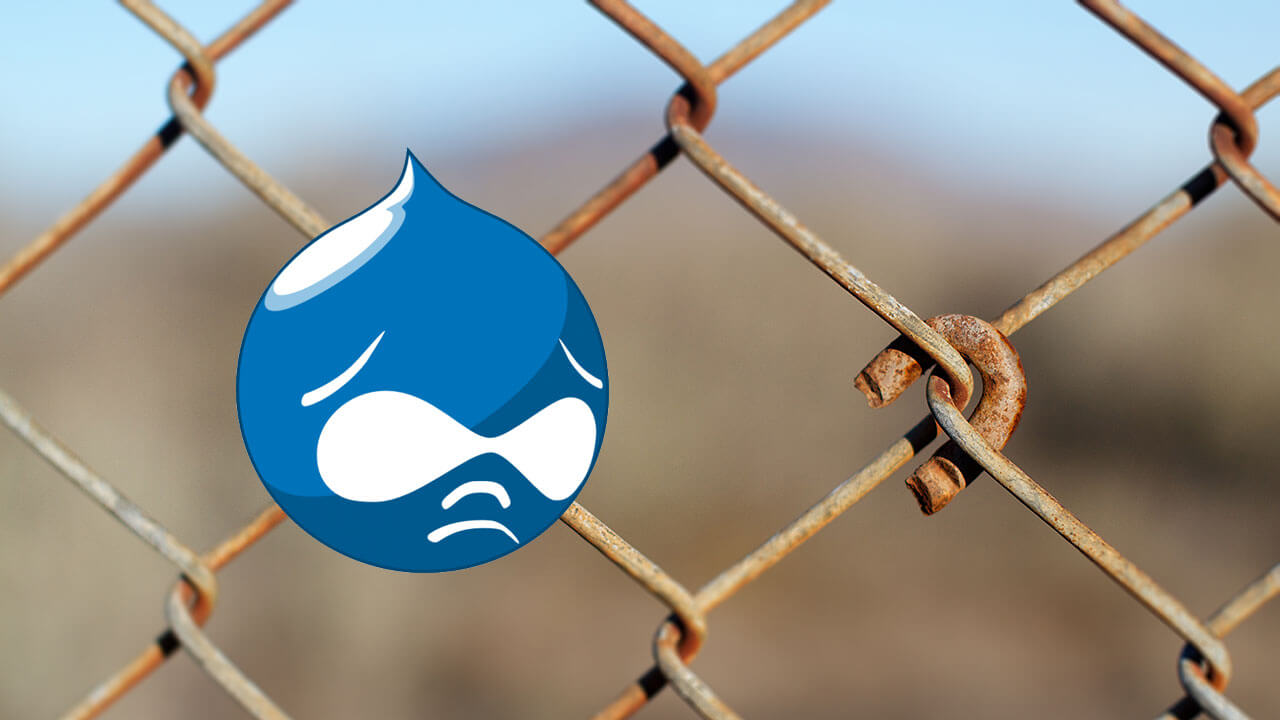
How Many Internal Links per Page or Post
Category : On-page SEO
You might wonder – do I have enough internal links? Or too many? When planning an internal linking strategy, your top question should be “What links will my readers click on?” Understanding what your reader needs will help you determine which related internal content you can link.
Google may consider a high ratio of links on a page as spammy – if the links use misleading, irrelevant anchor text or are unrelated to the page topic.
Rather than thinking of a set minimum or maximum links per page, your guideline should be: Will this internal link benefit my site visitors? If a link won’t help the user find what they want, don’t include it.
Remember, link value is shared between all the links on a given page, so adding an excessive amount of links will dilute link equity. Aim to keep the number of internal links per page to under 100.
Sometimes, your page may contain links that don’t need to count toward the ranking of a page. Tell Google to disregard these links in places such as comment sections by using nofollow tags.

Internal Links per Page or Post
When it comes to knowing how many internal links your website needs, nobody really knows. Google’s algorithms, which change often anyway, currently only say to “keep the links on a given page to a reasonable number”. The problem is Google never lets anyone know what a “reasonable number” is, so everybody is winging it. Even some of the biggest experts in the game have no idea whether that number means a few, a few dozen, or a hundred or more.
In simpler terms, it really depends on your page. When it comes to your content only (meaning exclude your header, your navigation bar, your footer, etc.), you should only have a few internal links on the page. Don’t overuse them but remember to add enough that your page is informative for the user. For example, if you write about 1500 words for a content piece, it should include an internal link every 400-500 words for the best results. However, it’s best to keep track of the best practices for internal linking since Google does change its algorithms often.
Think of your website as the ocean. Rivers and streams run off the mountains into the ocean. As they do, the ocean has more minerals and water. Now, imagine that we started draining the oceans little by little — assuming all of that water actually had somewhere else to go. The oceans would slowly get smaller again.
There is a similar flow through your website, external links fill the site with authority. But they do so by linking to specific pages. These pages become more authoritative. Now, as you begin linking out from that page through internal links, you transfer some of that authority to another page.
It’s not hard to see how internal links help SEO, so we don’t want to eliminate them to prevent draining a webpage of its link equity. But we should be careful not to create too many internal links on our most important landing pages.
To achieve this, streamline your navigation on landing pages. And make sure each internal link really adds value to the customer experience. As your customers click that link, they spend time on the next page and demonstrate to search engines that SEO links add actual value.
How many internal links is too many? It’s not easy to state a specific number, but if you’re asking yourself, “Am I adding value?”, it becomes clearer how many links make sense.
Read more Great tips to use internal links for boosting website rankings
_______________________________________________________________________________
Please contact us for seo service packages at TDHSEO.COM.
TDHSEO Team
Email: tdhseo@gmail.com
Skype: tdhseo
https://www.facebook.com/tdhseo
Thank you!